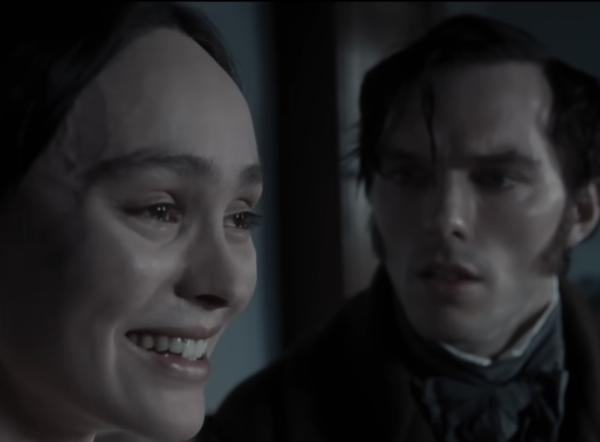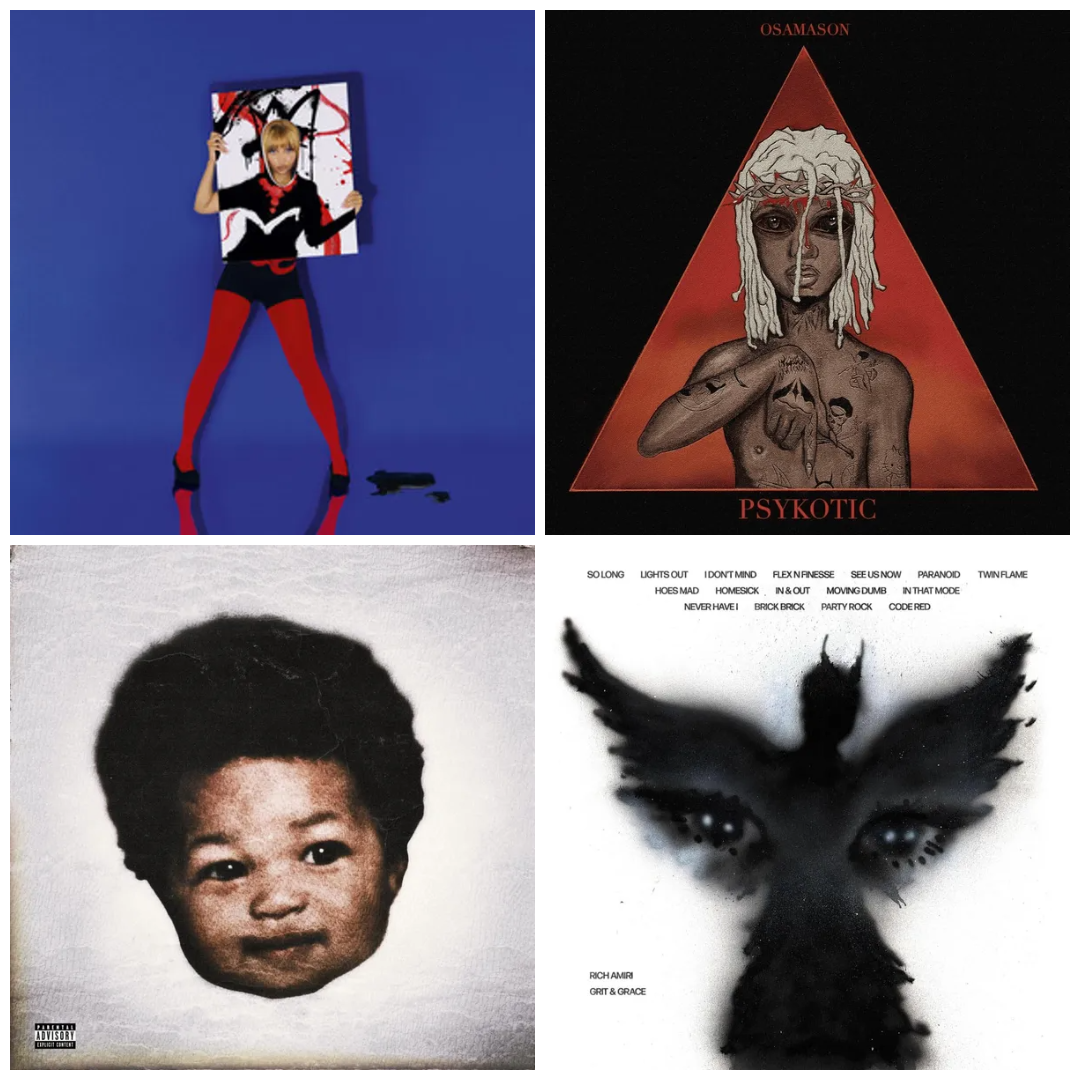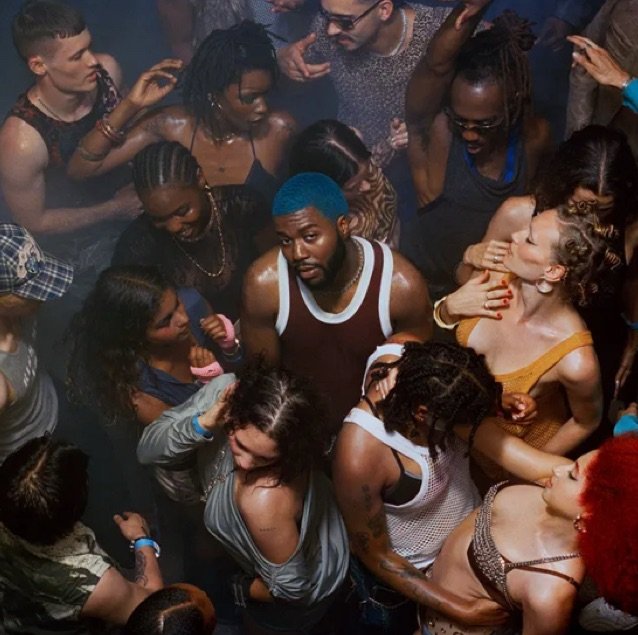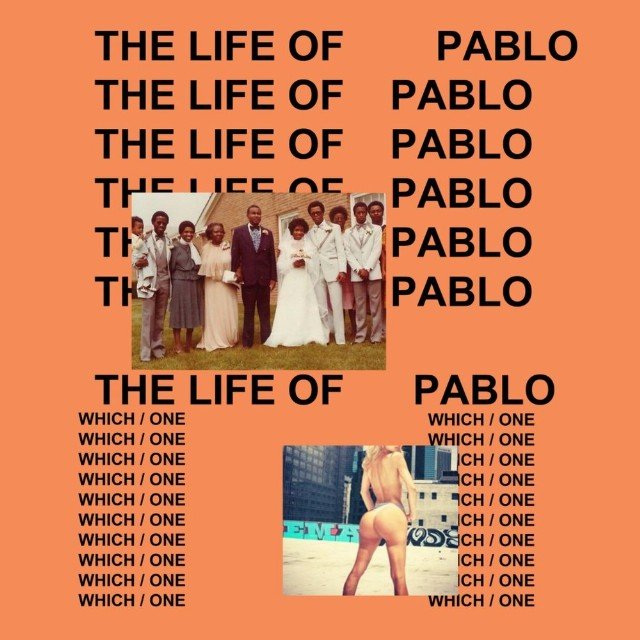
This Christmas, take the kids and the whole family to see Robert Eggers’ Nosferatu—a vision of unparalleled terror, the likes of which they are unlikely to witness executed with such precision, meticulousness, and grandeur anytime soon.
For as long as Eggers has been a film director, he has spoken about the impact that F.W. Murnau’s monumental 1922 horror film Nosferatu had on him. Indeed, when looking at his work thus far—from The Witch to The Lighthouse to The Northman—the DNA of Murnau’s tale of vampiric terror seems imprinted upon each of them in unique ways. In this context, Eggers’ new adaptation feels like a full-circle moment for him, and deservedly so. He is a bold filmmaker who has consistently championed the idiosyncrasies and oddities of his works, emerging triumphant each time. This makes Nosferatu all the more fitting as both his boldest and most innovative filmmaking feat to date, as well as his most accessible and audience-friendly. The fact that he has managed to pull this off feels like nothing short of a miracle.
To make a film about any iconic early horror movie inherently involves addressing the legacy, history, and lineage of horror cinema. A film about Dracula is even more specifically tied to these themes, given Dracula’s extensive and storied history across the decades. But a film about Nosferatu is, in its own way, a commentary on the art of telling and retelling horror stories. Infamously, F.W. Murnau’s original Nosferatu was an unauthorized adaptation of Bram Stoker’s Dracula. As a result, the names of characters, places, and even the title were changed, yet the basic structure and story of Stoker’s novel remained largely intact, with a notable protagonist shift in the third act. Despite the legal controversy, Murnau’s Nosferatu left an indelible impact on audiences. While it was followed less than a decade later by Todd Browning’s Stoker estate-approved Dracula starring Bela Lugosi, Nosferatu became the authentic cinematic introduction of the character for many.
Over the years, this legacy has grown more intricate. Werner Herzog’s 1979 Nosferatu the Vampyre saw the visionary German auteur reimagining Murnau’s original film with pride. By then, Stoker’s novel was in the public domain, allowing Herzog to restore the characters’ original names and emphasize that Nosferatu was an authentic adaptation of Dracula. Since then, while countless interpretations of Dracula have emerged, the two Nosferatu films have stood as high-water marks of cinematic horror.
It is into this storied legacy of adaptation and reinterpretation, dating back to Stoker’s novel in 1897, that Robert Eggers’ Nosferatu enters in 2024. Eggers faced the daunting task of living up to the expectations set by Murnau and Herzog. Yet he has masterfully delivered a film that engages meaningfully with the legacy of these stories while standing firmly on its own merits.
When Murnau’s film premiered in 1922, its full title was Nosferatu: A Symphony of Horror, a phrase that perfectly encapsulates Eggers’ new adaptation. While many horror films have attempted to capture the essence of nightmares, few have done so as palpably and unsettlingly as Eggers’ Nosferatu. His direction is spellbinding, with cinematographer Jarin Blaschke’s work evoking an almost transcendent, out-of-body experience. The camera floats omnisciently, a feeling punctuated by Louise Ford’s insightful and masterful editing.
Visually, the film is steeped in the German Expressionism of Murnau’s era while also achieving a portrait-like grandeur reminiscent of Stanley Kubrick’s Barry Lyndon. Eggers and his team bring their distinctive penchant for period-accurate recreations to new heights. The sets, designed by longtime collaborator Craig Lathrop, are immersive and meticulously detailed, creating an expansive world that makes the third act’s destruction and mayhem feel profoundly earned.
At the heart of Nosferatu is the synchrony between its performances and its music. Every actor delivers career-best work. Nicholas Hoult’s portrayal is laden with sustained dread and exhaustive fear, while Willem Dafoe balances pitch-black humor with moments of empathy. Simon McBurney’s turn as a Renfield-like character is a revelation. The leads—Lily-Rose Depp and Bill Skarsgård—are particularly outstanding. Depp shines in Eggers’ choice to recontextualize the story through her character’s eyes, lending a mythic quality to her dynamic with Skarsgård’s Count Orlok. The redesign of Orlok is inspired, enhancing the performances and themes.
Robin Carolan’s score eschews overt horror tropes, opting instead to channel the Shakespearean, tragic weight of the narrative. Combined with the bone-rattling sound design, the music amplifies the film’s emotional and thematic resonance.
From its opening sequence, Eggers’ Nosferatu establishes itself as a meticulously crafted, otherworldly experience. Every element of the film works in harmony to deliver an unforgettable journey—a true masterpiece of horror cinema.
RGM GRADE
(A)
Overall, Eggers demonstrates that he was the ideal choice for this project, delivering a final cut that is both hauntingly ethereal and existentially profound, while also serving as a gripping and robust horror blockbuster. Nosferatu is a must-see—one of the finest horror films of the decade.
Discover more from RATINGS GAME MUSIC
Subscribe to get the latest posts sent to your email.










